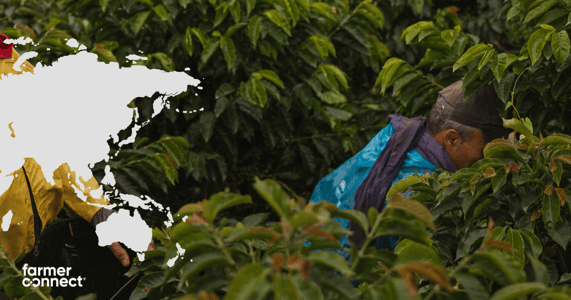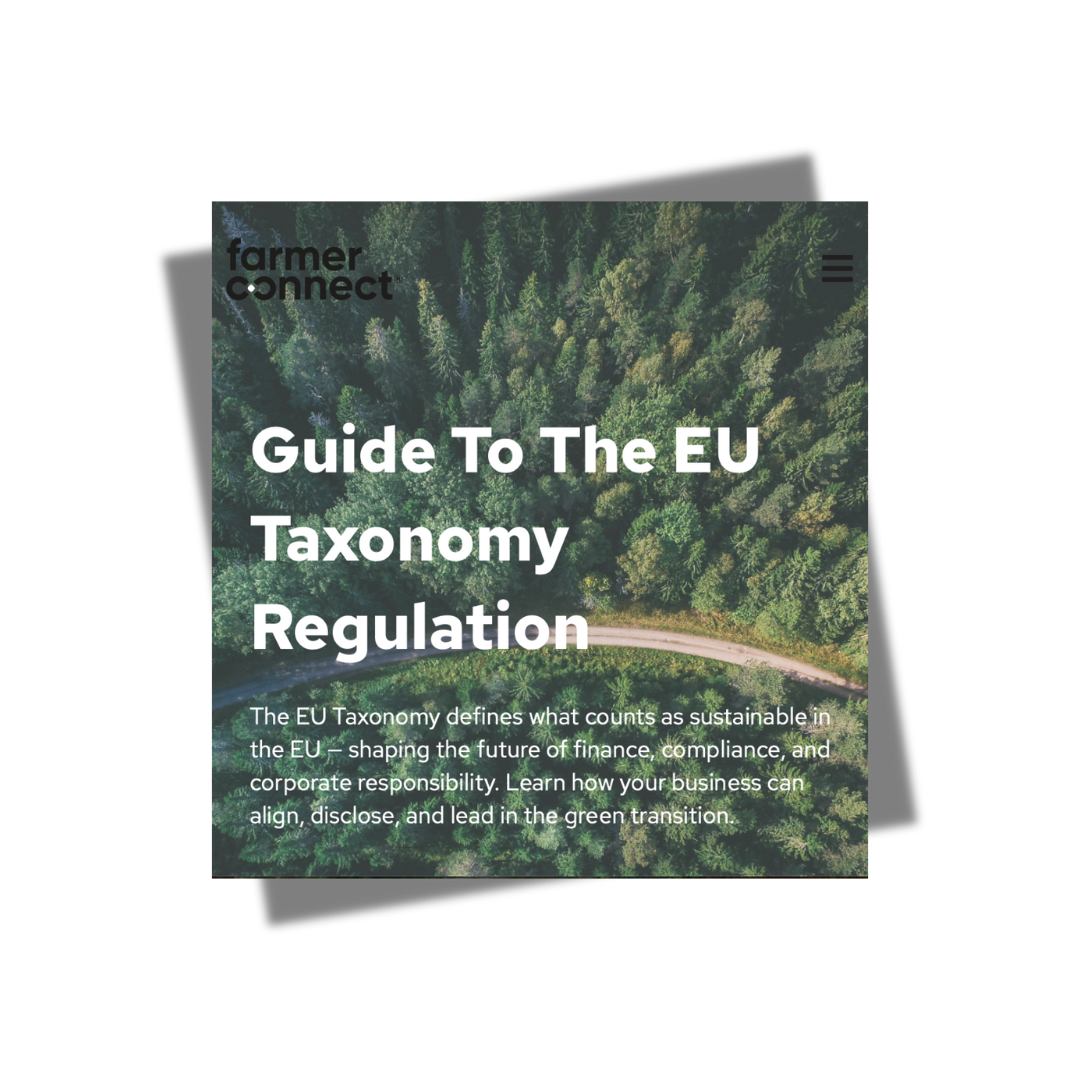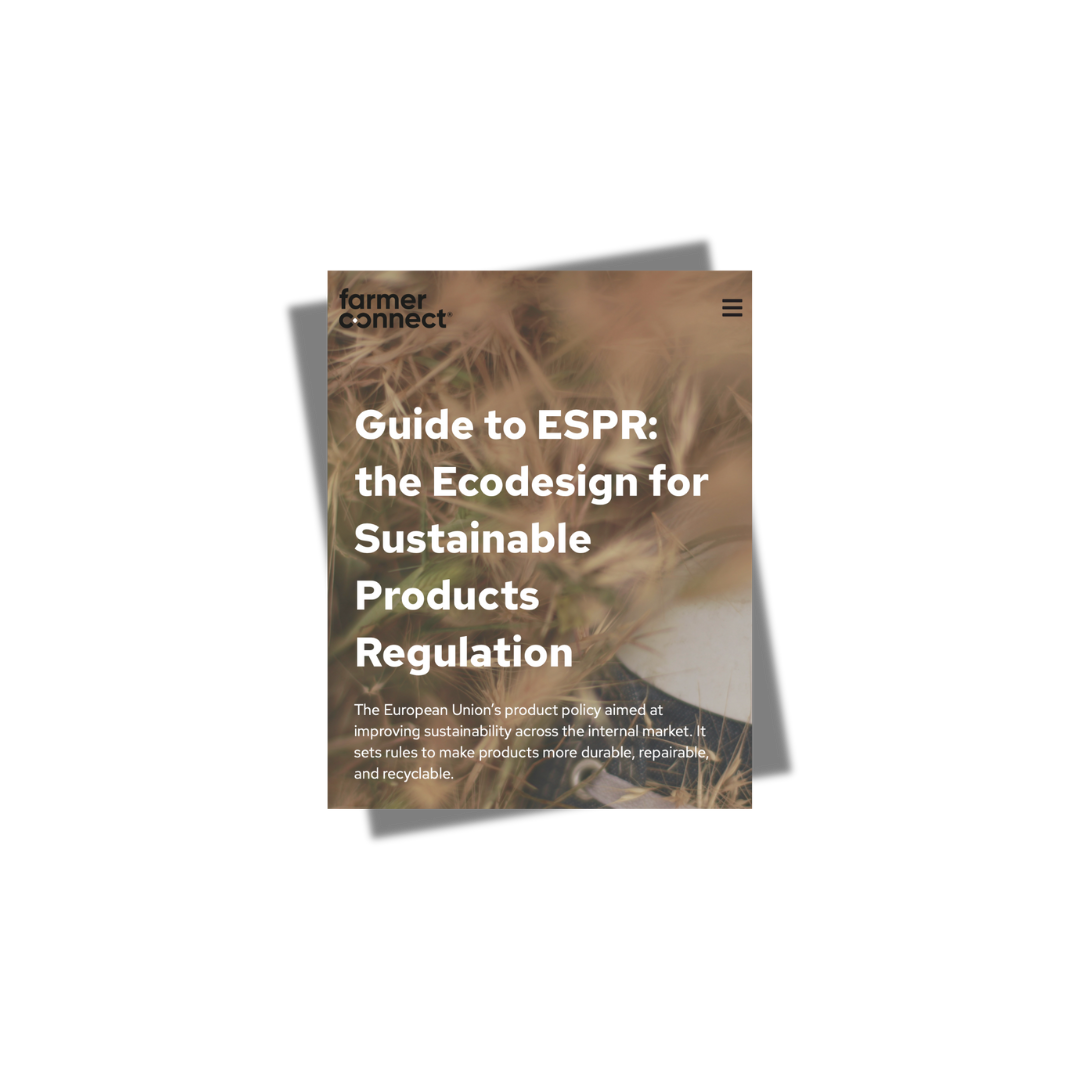If you haven’t already heard of the EU Deforestation Regulation (EUDR), then you can probably stop...
Guide To PPWR: The Packaging And Packaging Waste Regulation
The Packaging and Packaging Waste Regulation (PPWR) is reshaping how packaging is designed, labelled, and recycled across the EU.
Our Compliance SolutionWhat Is The EU Packaging and Packaging Waste Regulation (PPWR) ?
The Packaging and Packaging Waste Regulation (PPWR) is the European Union’s legislative overhaul to tackle waste, over-packaging, and plastic pollution across the EU market.
Whether you manufacture, import, fill, or distribute packaged goods in the EU, PPWR will reshape how your packaging is designed, labeled, reused, and recycled.
The PPWR replaces the current Packaging Waste Directive with a directly applicable regulation across all EU countries accelerating the shift to a circular packaging economy.
PPWR sets clear, mandatory requirements for:
Packaging design & recyclability
Recycled content in plastic packaging
Reuse & refill systems
Waste prevention and reduction targets
Harmonized labeling across the EU
Scope
All actors in the packaging supply chain, including:
Manufacturers of packaging materials and components
Brand owners and product packagers
E-commerce retailers and platforms
Importers and distributors of packaged goods
Packaging levels:
Primary: Direct packaging (e.g. yogurt cup, shampoo bottle)
Secondary: Grouped packaging (e.g. shrink-wrap around cans)
Tertiary: Transport packaging (e.g. pallet wrap, shipping boxes)
EU Tentative Timeline

Why PPWR Matters ?
Reduce packaging waste by 15% by 2040
Ensure all packaging is recyclable by 2030
Cut unnecessary and over-sized packaging
Eliminate problematic materials and excess plastic
Packaging must be designed to limit harmful substances.
This means keeping dangerous chemicals and microplastics to a minimum, not just in the packaging itself, but also in what’s released during recycling, disposal, or reuse.
What Does Compliance Involve ?
Companies must ensure packaging is designed and reported according to recyclability, reuse, and material performance standards.
Make Sure To:
- Design packaging that meets recyclability performance grades
- Limit unnecessary packaging volume and weight
- Meet minimum recycled content targets for plastic
- Offer reuse systems in certain sectors (e.g., food service)
- Use harmonized sorting labels on all consumer packaging
- Report packaging metrics to authorities under Extended Producer Responsibility (EPR)
Companies Must Also:
- Report packaging volumes by type and material to national authorities
- Provide data under Extended Producer Responsibility (EPR) schemes
- Declare recyclability classification of packaging
- Report on reused/refilled units for reuse targets (e.g., beverage bottles)
- Disclose use of recycled content in plastic packaging
- Use the Digital Product Passport (DPP) for traceability
❗The proposed regulation mandates that packaging must include detailed information about its composition, recyclability, and environmental footprint. A DPP is one of the most efficient ways to provide and manage this data across the supply chain.
Digital Product Passport (DPP) and Traceability
The PPWR requires all packaging placed on the EU market to feature standardized digital identification, which is typically a QR code or equivalent and links back to a Digital Product Passport (DPP).
This passport must display verified information such as
- composition
- recyclability
- recycled content
- substances of concern.
It ensures traceability from production to end-of-life, building on the same traceability logic established under the EU Deforestation Regulation (EUDR).
By 2030, each package will need to carry its own digital record accessible to regulators, consumers, and recyclers.
What’s Required:
- Sorting instructions: Packaging must be labeled with clear icons showing how and where to dispose of it (recycle, compost, etc.).
- Material codes: Symbols for plastic types, fiber types, or mixed materials
- QR codes: May be required to access detailed recyclability or product passport data
- Reuse/refill instructions: For reusable packaging, including cleaning/reuse instruction
- Labels must be consistent across all Member States and visible on both primary and outer packaging.
Recyclability Grading (A–D)
All packaging will be assessed and graded based on how recyclable it is:
- Grade A – Fully recyclable at scale with high material recovery
- Grade B – Recyclable, but with minor limitations
- Grade C – Limited recyclability, often due to mixed materials
- Grade D – Not recyclable in practice or at scale
❗By January 1, 2030: All packaging must achieve at least Grade C recyclability (≥ 70%).
❗By January 1, 2038: Only packaging with Grade A or B recyclability (≥ 80%) will be permitted on the EU market
Harmonised Labelling Across The EU
Labels must:
-
Clearly indicate material type (plastic, paper, glass)
-
Include standard disposal instructions
-
Match national waste-bin systems
-
Link digitally via QR code to DPP data
Bans And Restrictions
- Strict limitations on how much PFAS is allowed in food-contact packaging (from Aug 2026)
- Unnecessary single-use packaging (e.g. for fresh unprocessed fruit and vegetables)
- Packaging with excessive empty space in shipments
Proof of Recycling at Scale (from 2030)
By 1 January 2030, the EU will introduce a chain of custody mechanism to prove that packaging is actually being recycled at scale, not just designed to be.
This system will require:
- Documentation showing how much packaging waste is collected and sent to recycling.
- A verification process so manufacturers can track recycling through the supply chain — from collection to actual processing.
🔍The chain of custody system is used behind the scenes for compliance, to show regulators that your packaging truly gets recycled in practice. It involves:
- Technical documentation (e.g. weight of packaging recycled)
- Verified data from downstream partners (e.g. recyclers, waste handlers)
How Our Platform Enables PPWR Compliance
Core Pillars Of Our Approach
The same platform manages both EUDR traceability (origin and deforestation checks) and PPWR data (materials, recyclability, labeling) through shared identifiers and interoperable modules.
Key Business Challenges Adressed
Fragmented data
Data often sits in separate systems across suppliers, converters, and recyclers. Our platform unifies it into a single verified passport per product batch.
Regulatory complexity
PPWR, EUDR, and ESPR are evolving. Our modular structure adapts automatically as new data fields and proof requirements emerge.
Transparency and accuracy
Dynamic QR codes link consumers and regulators to the most recent verified DPP version, ensuring up-to-date data on materials and recyclability.
Audit and reporting burden
The compliance dashboard centralizes readiness tracking, risk alerts, and exportable audit trails.
Value For Our Clients

Future-proof compliance
One platform scales across PPWR, EUDR, and future EU product passports, avoiding repeated rebuilds.

Operational efficiency
Reusable data modules and shared identifiers allow EUDR origin data to automatically enrich PPWR packaging records.

Enhanced collaboration
Role-based access lets manufacturers, importers, recyclers, and authorities securely contribute and verify their parts of the DPP.
Trust and market advantage
Public-facing QR codes give consumers clear sustainability and packaging information, strengthening compliance and brand reputation.

📘 Download Your PPWR Checklist
Our Other Guides
Get In Touch
farmer connect is a tech solution that helps companies streamline their compliance and reporting requirements. Through integration and automation, we can ensure error proof and fast data centralisation and the automated generation of reports according to reporting standards.
Relevant News

The Gateway To Compliance Heaven: Gateway Check

The combined platform supports agribusinesses in meeting EU Deforestation Regulation (EUDR) and...


